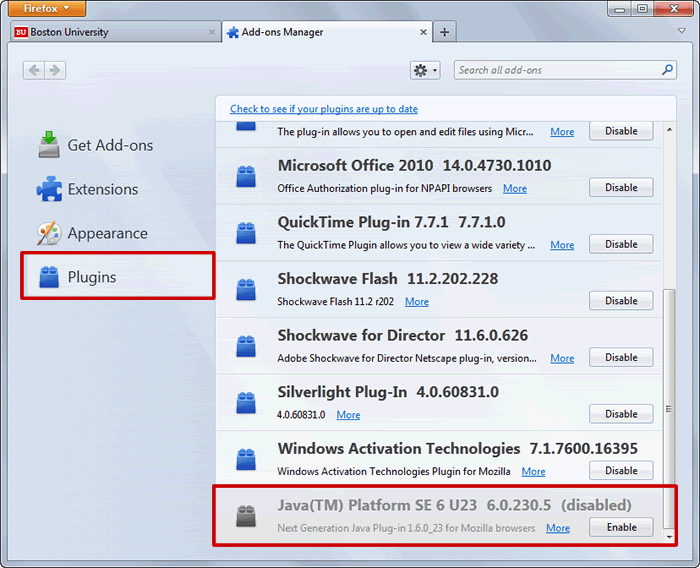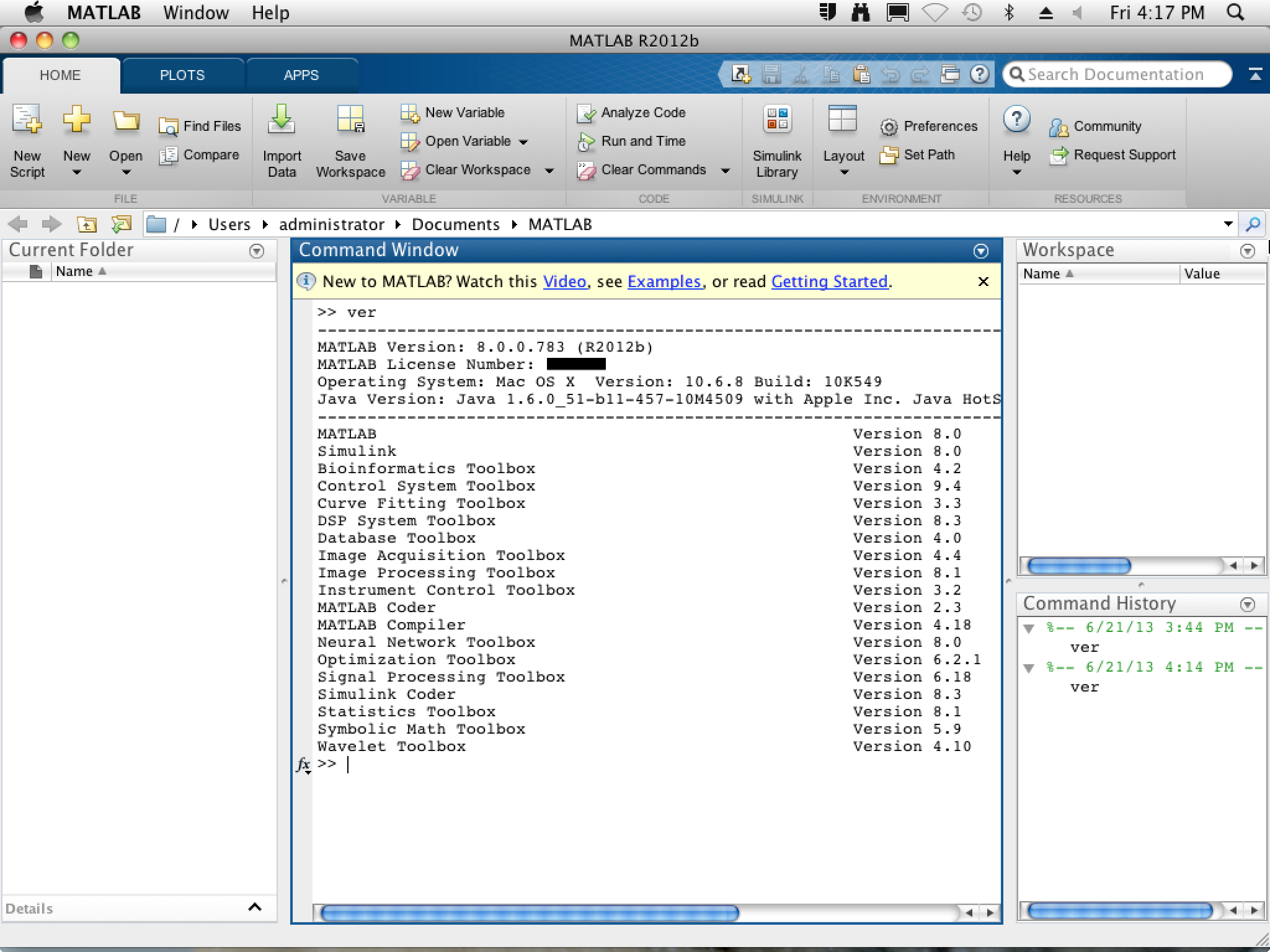Last updated: June 14, 2016
Wchatam writes 'After a long delay, Apple has finally released a version of Java 6 for OS X. 64-bit Intel Macs are starting to see this pushed out via Software Update, but there has not been an announcement for when 32-bit Intel and PowerPC Mac users will get their versions.' Set “Use version” to “Java SE 6” and reorder the list in “Java Application Runtime Settings” so “Java SE 6” is first. After you click “Save” and quit, confirm that Java 6 is active by running java -version. Creating 'Native' Java Applications on Mac OS X. If you develop on Mac OS X you can use the Jar Bundler application to turn jar files into Mac OS X applications. Jar Bundler is distributed with the other developer tools and is located in Developer/Applications/. With Mac OS 10.7 (Lion) and later, the Java runtime is no longer installed automatically as part of the OS installation. Follow any of the methods below to install Java runtime.
How to reinstall Java 6 on Mac OS X
How to uninstall Oracle Java 7

Java Se 6 Runtime Download For Mac Os X


Java is a free software currently developed by Oracle Corporation. Apple provided its own implementation of Java for Mac OS X until October, 2012. At that time, the Apple verison of Java 6 was removed during an OS X update, and replaced with the Oracle-supplied version of Java 7.
This article pertains to the Java Runtime Environment (JRE) program installed on your computer that is used to run Java applets encountered in your web browser. There are a variety of reasons why a Mac user would want to remove Oracle’s version of Java from their Mac, and reinstall Java 6 on Mac instead. To reinstall Java 6 on Mac OS X, you should first uninstall Oracle Java 7 or 8 from your Mac. The steps below explain how to uninstall Oracle Java from your Mac. Please note that to uninstall Java 7, you must have Administrator privileges.
- Click on the Finder icon located in your dock
- Click on Applications tab on the sidebar
- In the Search box enter: JavaAppletPlugin.plugin
- This will find the JavaAppletPlugin.plugin file
- Right click on JavaAppletPlugin.plugin and select Move to Trash
Alternatively, if you are familiar with using the Mac’s Terminal utility with Administrator privileges as root or by using sudo, you may copy/paste the command line below to uninstall Oracle Java 7:
How to Restore Apple’s Java 6 after uninstalling Oracle Java 7
If you updated your Mac to Oracle Java 7 or 8, and it has created an unforeseen issue, you may continue to use Apple’s
Java on your Mac by restoring it. Please note that to restore Apple’s Java, you must have Administrator privileges and execute the command either as root or by using sudo.
- Click on the Finder icon located in your dock
- Click on Applications tab on sidebar
- Click on the Utilities folder
- Double-click on the Terminal icon
- In the Terminal window Copy and Paste the command below:
Once you have uninstalled Oracle’s Java, and restored Apple’s Java 6, you may verify that your Mac is running the expected Java version by visiting the Java.com web site.
Java Jre 6 Mac Os X Download
If this article helped you, please consider leaving us a Bitcoin tip:
16U6TZfMExxCCVuptXirEp3YVKxgBC12GQ
Tech Help Knowledgebase creates how-to articles and video tutorials for common issues, and provides technical support for the categories covered by our site.
Get Support.

Install Java Se 6 Mac Os X
The following are the system requirements for installing the JDK and the JRE on macOS:
Any Intel-based computer running macOS.
Administrator privileges.
You cannot install Java for a single user. Installing the JDK and JRE on macOS is performed on a systemwide basis for all users. Administrator privileges are required to install the JDK and JRE on macOS.
When you install the JDK, it also installs the JRE. However, the system will not replace the current JRE with a lower version.
To determine the current JRE version installed on your system, see Determining the JRE Version Installed on macOS. To install an earlier version of the JRE, you must first uninstall the current version. See Uninstalling the JRE on macOS.
When you install the JRE, you can install only one JRE on your system at a time. The system will not install a JRE that has an earlier version than the current version.
To determine the current JRE version installed on your system, see Determining the JRE Version Installed on macOS. To install an earlier version of the JRE, you must first uninstall the current version. See Uninstalling the JRE on macOS.
Note:
Installing a JRE from Oracle will not update
java -versionsymlinks or addjavato your path. To do this, you must install the JDK.